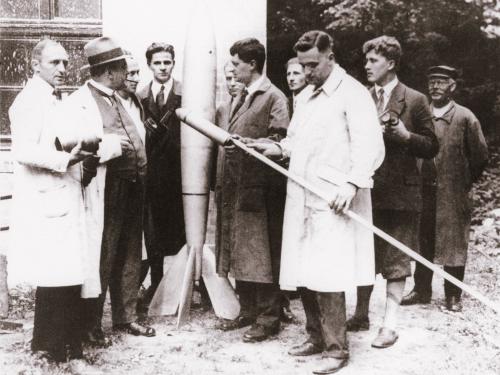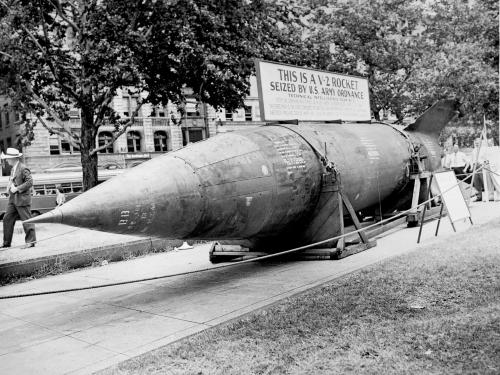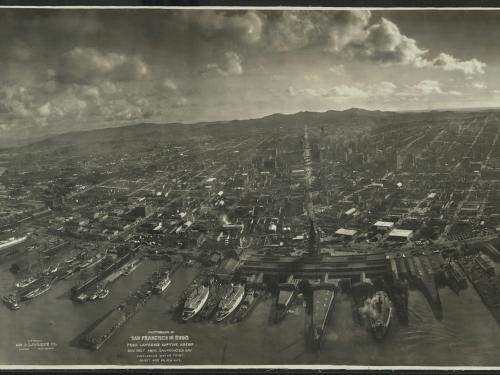
Stories of daring, stories of technological feats, stories of prevailing against the odds ... these are the stories we tell at the National Air and Space Museum. Dive in to the stories below to discover, learn, and be inspired.
Showing 1 - 10 of 35

April 03, 2025
Beginning in the late 1920s, spaceflight enthusiasts banded together into groups to advance their cause. Known as “rocket societies,” these groups of enthusiasts especially flourished in the Soviet Union, Germany, and the United States.

March 20, 2025
Many of Robert H. Goddard's early rockets are part of the National Air and Space Museum’s permanent collection, some of which are on display at the Museum in Washington, D.C., and at the Steven F. Udvar-Hazy Center in Chantilly, Virginia.

October 16, 2024
The Smithsonian’s National Air and Space Museum is fortunate to care for and display examples of some of the most historically significant human spacecraft, from NASA’s Mercury, Gemini, Apollo capsules, to Space Shuttle Discovery and Scaled Composite’s SpaceShipOne. Soon, the Museum will welcome another important vehicle, which represents a new way of accessing space for non-professional astronauts.

June 01, 2024
Rockoons—combinations of rockets and balloons—launched notable atmospheric experiments in the mid-20th century. Some rocket clubs and private companies are beginning to try using them again today.

May 07, 2024
In the 1930s, rocketry was basically a joke among the scientific establishment in the US, but that didn't stop a rag tag group out of Pasadena from trying to build rockets.
September 19, 2023
One of the icons of the Museum was the black-and-white German V-2 ballistic missile. Ever since the building opened in July 1976, it stood in Space Hall, which in 1997 was revised to become Space Race. That rocket will return in a new guise, with green camouflage paint, when the hall reopens in a few years as RTX Living in the Space Age.

August 09, 2023
Rockets launched the Space Age. They provided the power needed to take spacecraft and people on flights beyond the Earth.

July 11, 2023
The recent launch of VA261 closes out the Ariane 5 rocket’s 117 launches. Take a look back at Europe’s workhorse launcher and the next generation in Ariane 6.

June 21, 2023
Picture the Earth from above. In your mind's eye, what do you see? Today, we have access to air and space technology that lets us see various views of the Earth with ease.

March 31, 2023
Project Paperclip was a program that brought German and Austrian engineers, scientists, and technicians to the United States after the end of World War II in Europe.